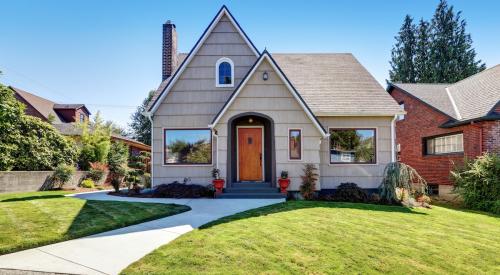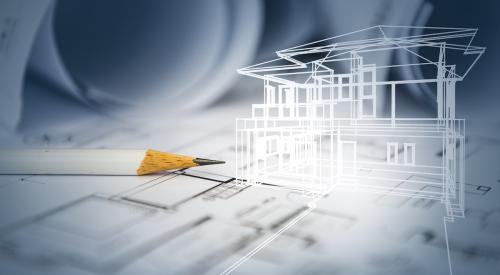New single-family home sizes continue to trend downward, according to Census data from fourth quarter 2017. The National Association of Home Builders attributes the change to an expanding entry-level home market, and anticipate home sizes will continue to decline.
"Typical new single-family home size falls prior to and during a recession as home buyers tighten budgets," says Robert Dietz, the NAHB's chief economist and senior vice president for economics and housing policy. "This pattern was exacerbated during the current business cycle due to market weakness among first-time homebuyers and supply-side constraints in the building market. But the recent declines in size indicate that this part of the cycle has ended, and size will trend lower as builders add more entry-level homes into inventory."
On a less volatile one-year moving average, the recent trend of declines in new home size can be see on the graph above, although current readings remain elevated. Since cycle lows (and on a one-year moving average basis), the average size of new single-family homes is 9 percent higher at 2,598 square feet, while the median size is 13 percent higher at 2,380 square feet.













